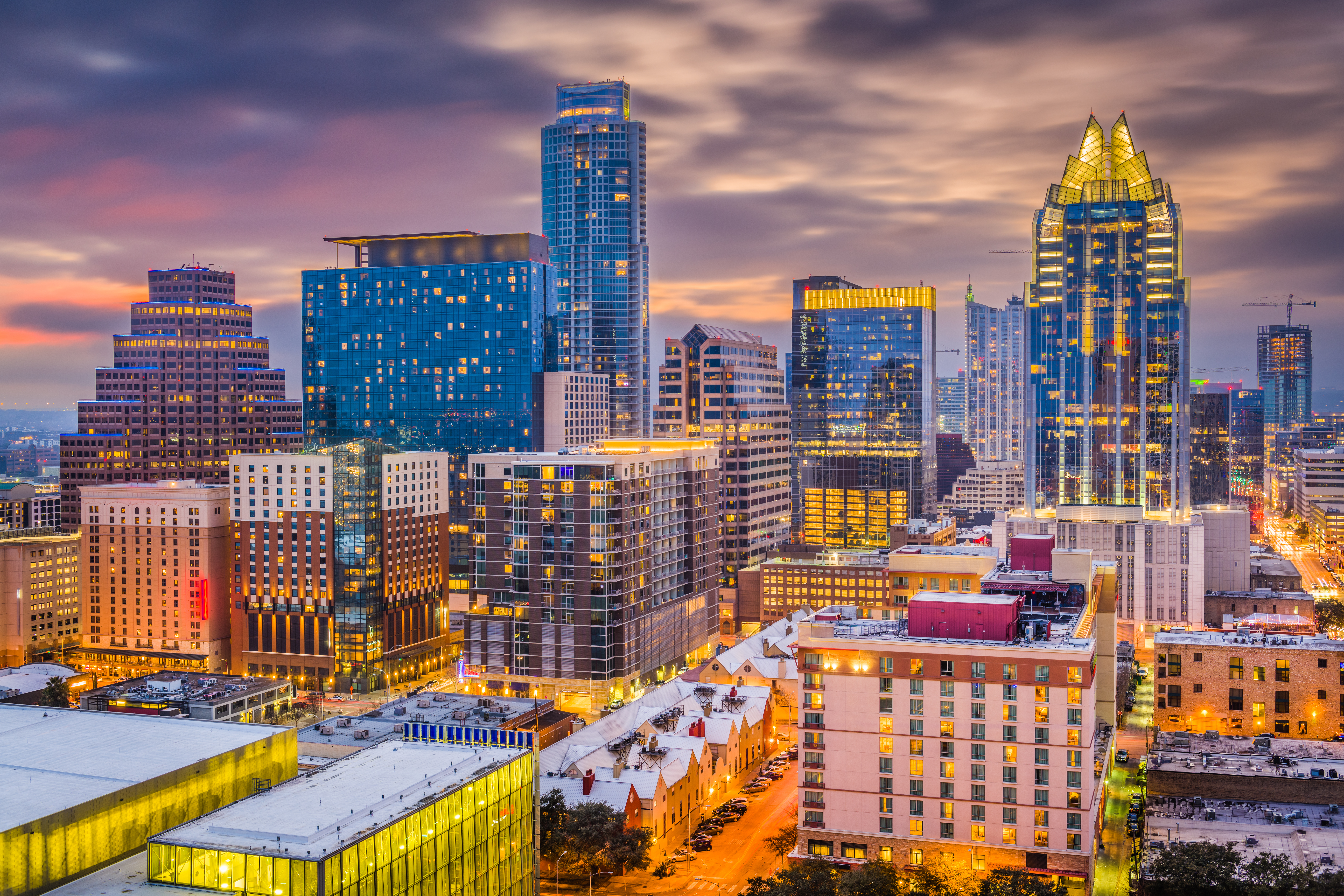Austin, the capital city of Texas, is not just renowned for its vibrant music scene and tech boom, but also for its rich architectural tapestry. Over the years, Austin’s buildings have narrated stories of its history, culture, and growth. In this post, we’ll embark on a journey through time, exploring the architectural styles and structures that have come to define Austin’s unique skyline and neighborhoods.
Early Beginnings: Victorian and Colonial Revival
In the late 19th and early 20th centuries, Austin saw a proliferation of Victorian and Colonial Revival homes. Characterized by intricate woodwork, large porches, and symmetrical facades, these homes reflected the city’s early aspirations and elegance. The Bremond Block Historic District stands as a testament to this era, housing some of the finest Victorian homes in Austin.
The Bungalow Boom
The early 20th century saw the rise of the American Bungalow in Austin. These single-story homes, often with wide front porches and overhanging eaves, became synonymous with Austin’s residential neighborhoods. Their compact yet functional design made them popular among the growing middle class. Areas like Hyde Park still boast a significant number of these charming bungalows.
Mid-Century Modernism
Post World War II, Austin, like much of America, embraced the Mid-Century Modern style. With clean lines, flat roofs, and a focus on horizontal composition, these homes reflected the optimism and forward-looking spirit of the times. The Stenger-built homes in the Rollingwood area are classic examples of Austin’s mid-century architectural prowess.
The Rise of the Austin Skyscraper
As Austin’s economy boomed, so did its downtown skyline. The late 20th and early 21st centuries saw the rise of skyscrapers and high-rises, changing the city’s silhouette forever. Buildings like the Frost Bank Tower and The Austonian not only offer panoramic views of the city but also showcase Austin’s modern architectural ambitions.
Green and Sustainable Architecture
In recent years, Austin has been at the forefront of sustainable architecture. With a growing emphasis on eco-friendly designs, many new buildings incorporate green roofs, rainwater harvesting, and energy-efficient systems. The Austin Central Library, with its LEED Gold certification, stands as a beacon of the city’s commitment to sustainable architecture.
Conclusion
Austin’s architectural journey is a reflection of its evolving identity. From Victorian elegance to modern skyscrapers, the city’s buildings tell tales of its history, aspirations, and values. As Austin continues to grow and evolve, its architectural legacy promises to be as diverse and dynamic as its people.
Interested in owning a piece of Austin’s rich architectural legacy? Whether you’re looking for a charming bungalow, a mid-century gem, or a modern high-rise condo, our team can help you find the perfect property that suits your tastes and needs. Contact Margaret today to start your journey in exploring Austin’s dynamic real estate market!




